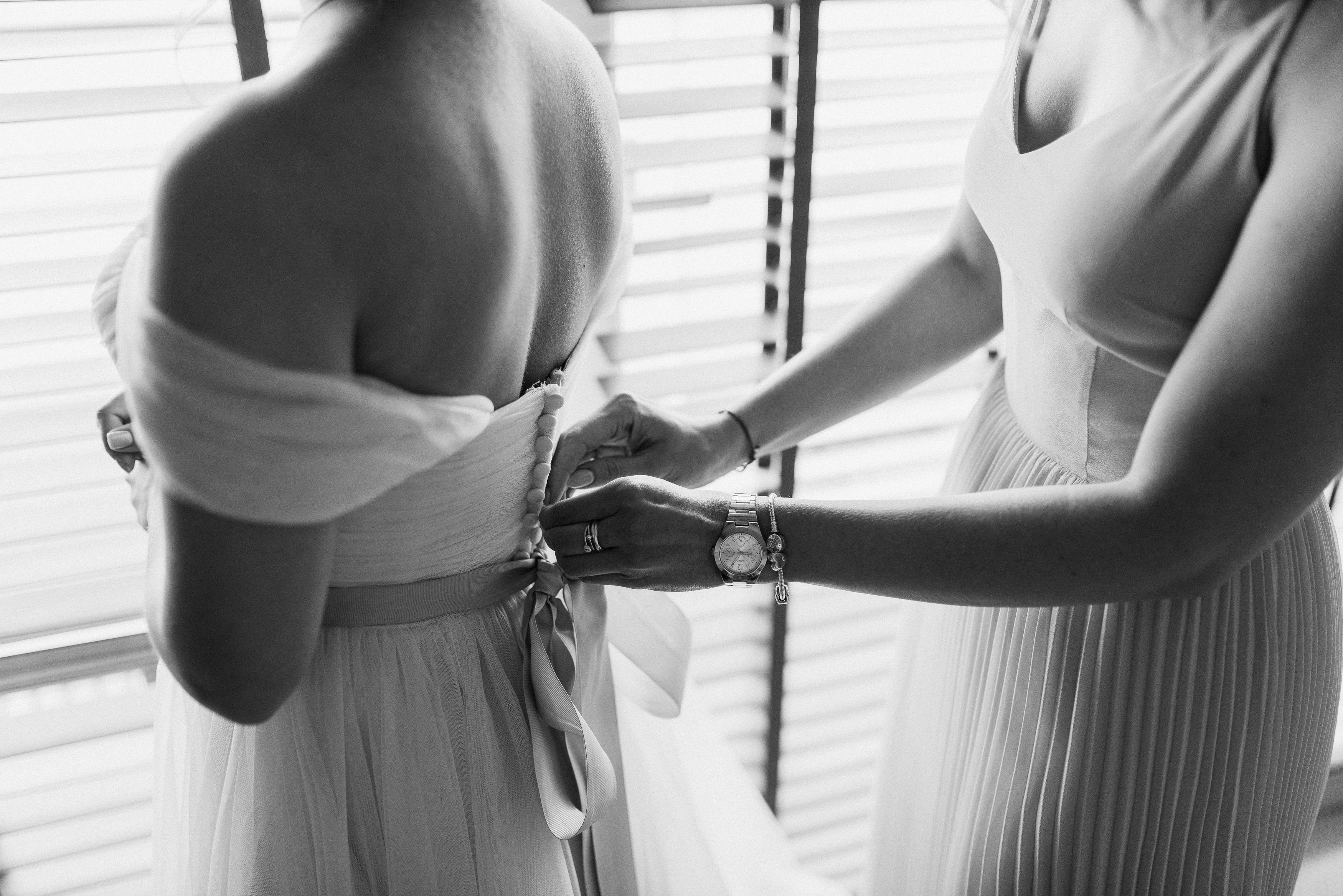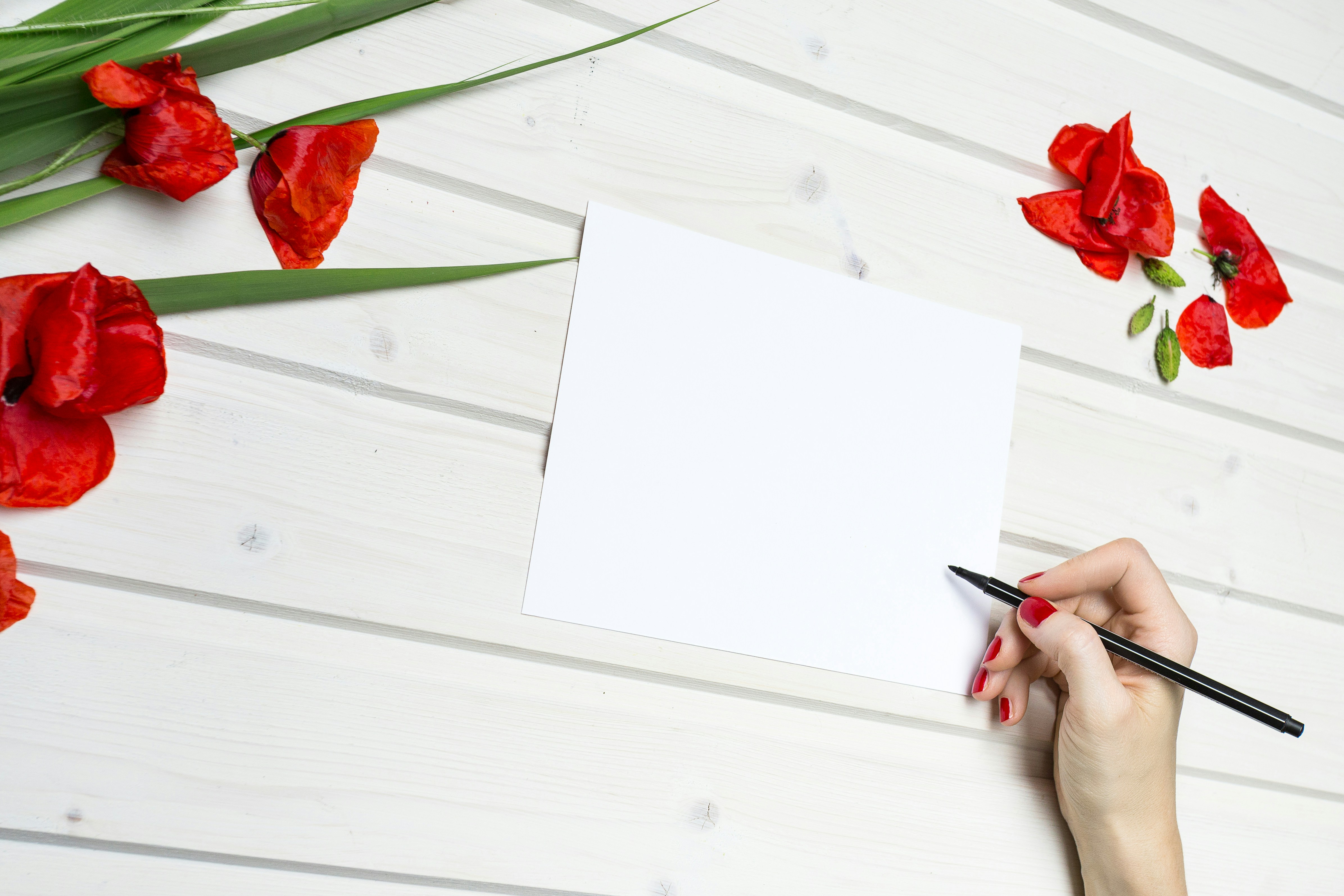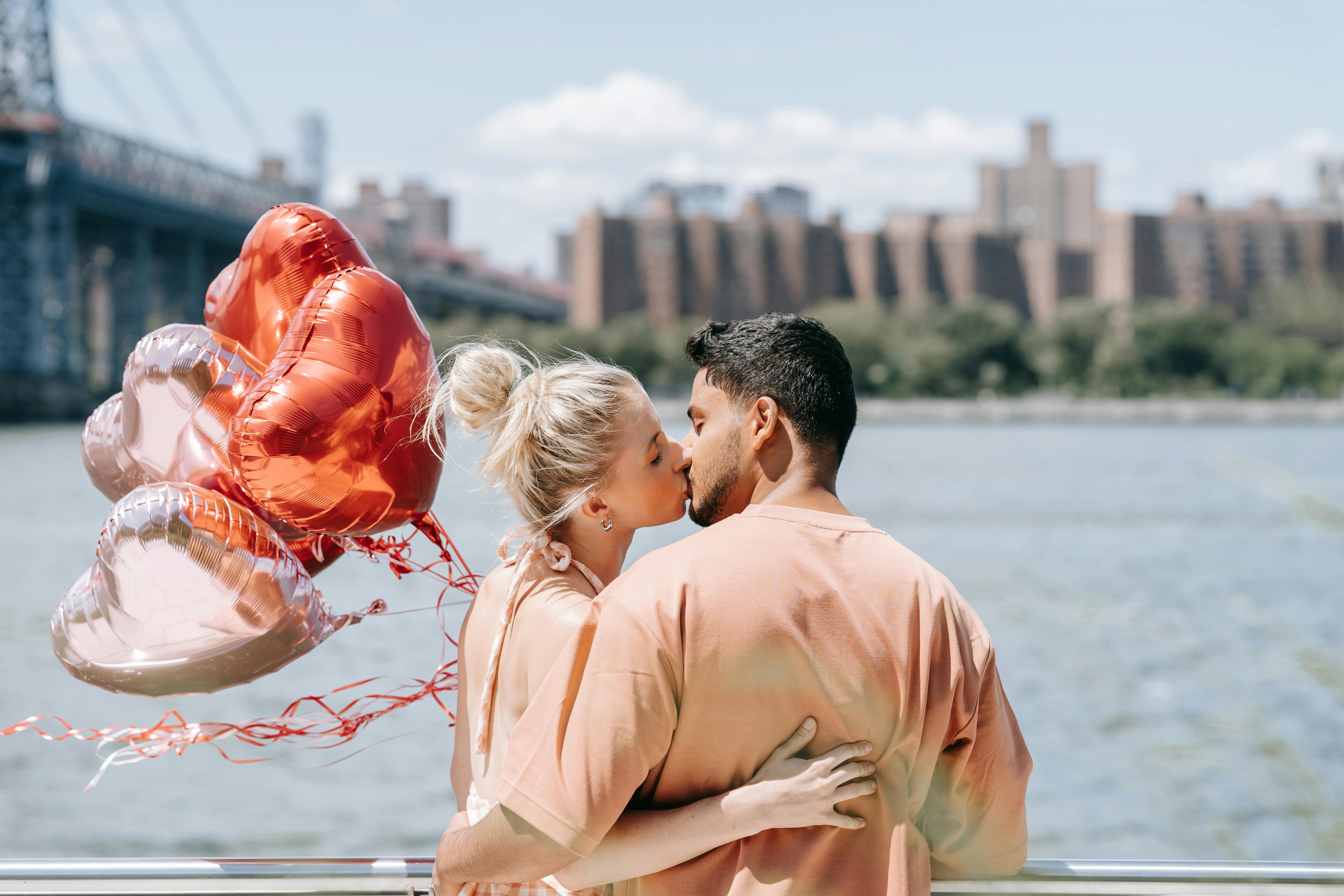What to Do If Your Wedding Dress Doesn’t Fit
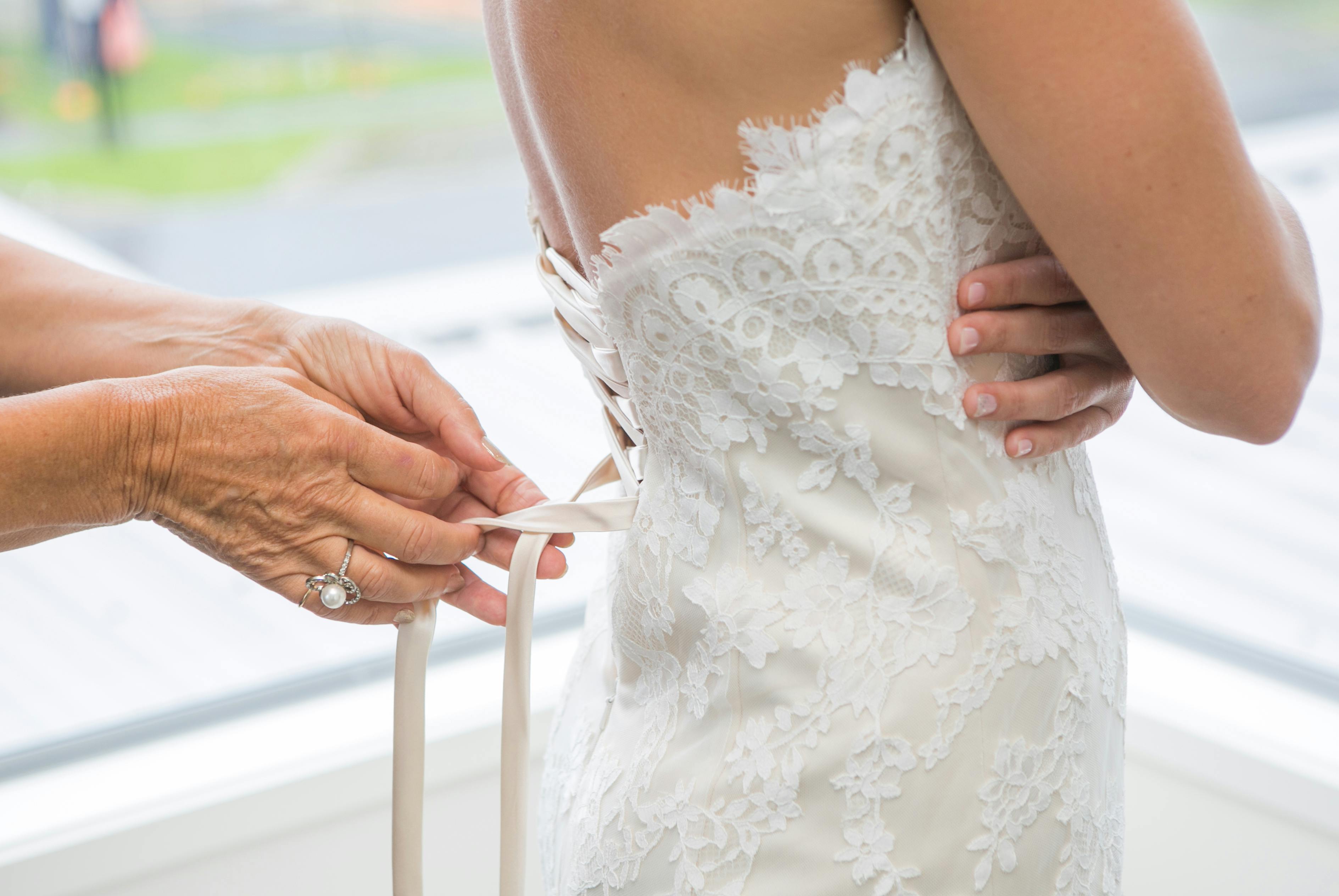
You’ve found your wedding dress, done countless rounds of alterations and picked out the perfect accessories… The time has come to slip into your gown, a happy moment indeed. But what if on the big day, it doesn’t fit? Whether it is too small or too large, it can seem like a fashion disaster.
Take a breath. “This occurs way more often than people realize, especially if you are bloated or if you have slight body changes,” says Liana Moreau, founder of BelleVive Atelier. Even something as easy as shaking up your fitness routine a few weeks before the ceremony can have an impact on how your gown fits. “Squats, for example, will change the shape of your hips and thighs, and that matters greatly if you are wearing a fit-and-flare,” says Marla Jennings, lead alterations expert at Maison d’Eclat. Sometimes it is because you have lost muscle tone and the dress now feels too loose.
The good news? There are a number of practical fixes. Here, Moreau and Jennings offer advice on what to do when a gown doesn’t fit — whether it’s too tight or too loose.
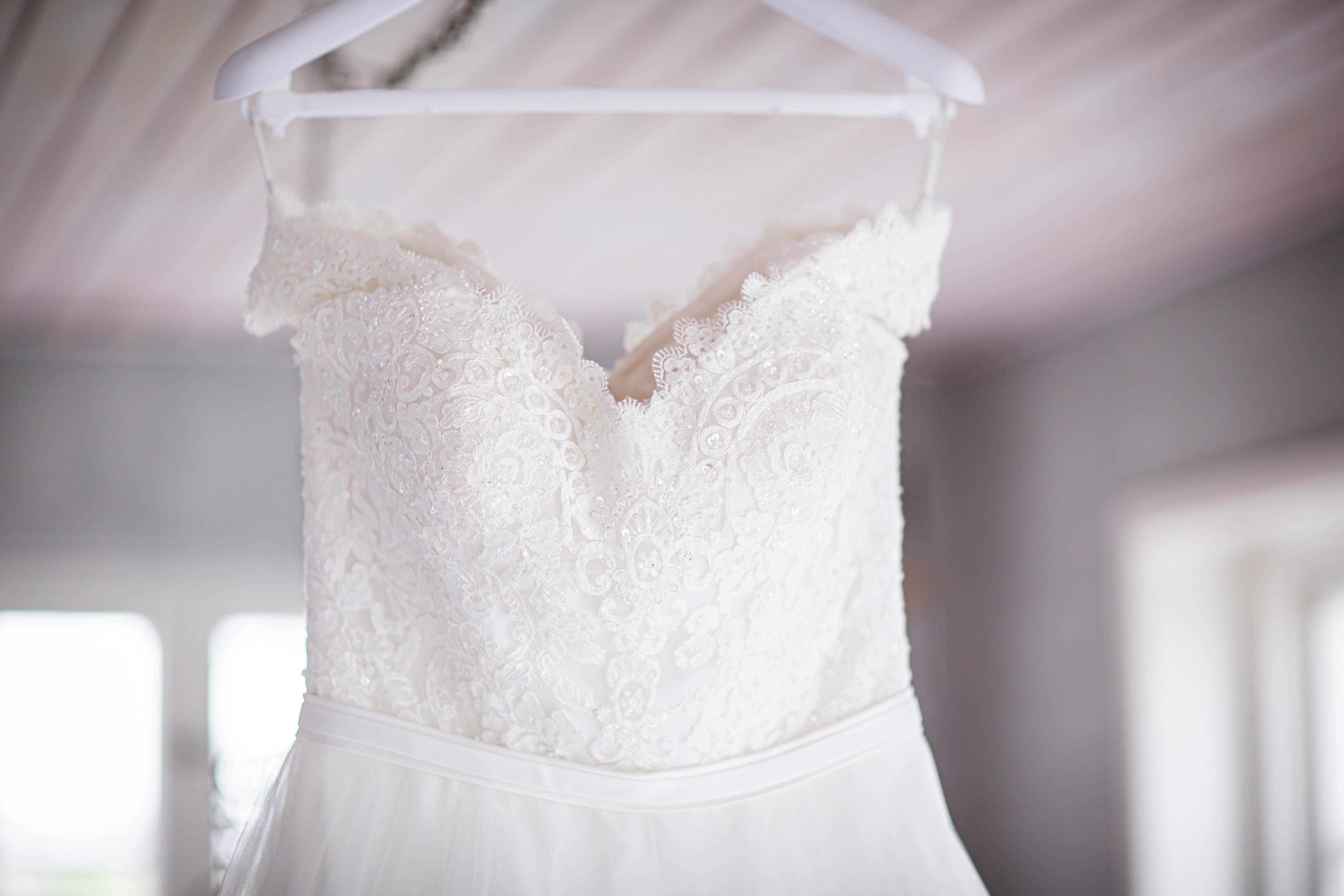
If Your Dress Is Too Small
First, stay calm. “Gowns are typically difficult to put on,” Jennings says. “It does not feel like putting on a T-shirt. Here’s her step-by-step process:
- Step into the gown.
- Get someone to stand in front and hold the gown in place.
- A second assistant can find the hook and eye above the zipper and close it.
- The front person pushes the fabric towards the back to make zipping easier.
- Breathe in as the zipper is drawn close.
“If it’s almost closed and you’re struggling a bit, a nice person can pinch the zipper edges to bring them together and take pressure off the zipper,” Jennings says. “Sometimes putting the dress on for five minutes can help your body relax a little, so that it’s easier to zip up,” Moreau adds.
Additional Tricks:
- Put some shapewear on to get the dress on more smoothly.
- Take out the padding in your bra if your chest feels tight.
- The dress should fall at your natural waist.
- Allow your body to adjust to the fabric — yes, it may feel tight in the beginning, but that tends to get better.
- Don't forget to take a bathroom break before you get dressed—it really makes a difference!
If Your Dress Is Too Big
But don’t worry — this one is fixable too. If it is too loose, insert the bra cup for better wearing effect. If you have a little extra room at your waist, see what it looks like with a sash or a ribbon. Or you can carry your bouquet in front of that area to hide the looseness, though odds are people won’t notice any of this once you’re up at the altar.
Best Dress Styles for a Relaxed Fit
If you’re looking forward to the day of and you’re concerned about your soon-to-be body changes, speak with your stylist about this. “Corset-back dresses make for a great adjustment,” Jennings says. “A-line, empire waist and ball gown silhouettes are also more forgiving than mermaids or sheaths.”
Moreau agrees. “Trumpets or straighter styles that are fitted close to the body don’t give so much freedom of movement. Lace-up backs provide the greatest flexibility.” Also, fabric matters: “Stretchy materials or dresses with knit linings will fit more fluidly to gradual changes in your body,” says Jennings.
Tips for Your Dress Fitting
“If your body could potentially change, ask during your initial fitting if a corset back can be an option to replace that zipper,” Jennings suggests. “Not all gowns accommodate it, but it’s worth the ask. It’s often extra, but it can save your life.”
For custom gowns, Moreau recommends two rounds of measurements that are spaced apart by a few months. “And don’t forget, store-bought dresses hardly ever are your perfect fit off the rack,” she says. “Make sure to wear the same undergarments (or equivalent) to your fitting as you plan to wear the day of. That can be meaningful.”
With the proper game plan and backup, a last-minute dress glitch doesn’t have to spell disaster for your celebration. Breathe, adjust as needed and walk into your special day with confidence.

